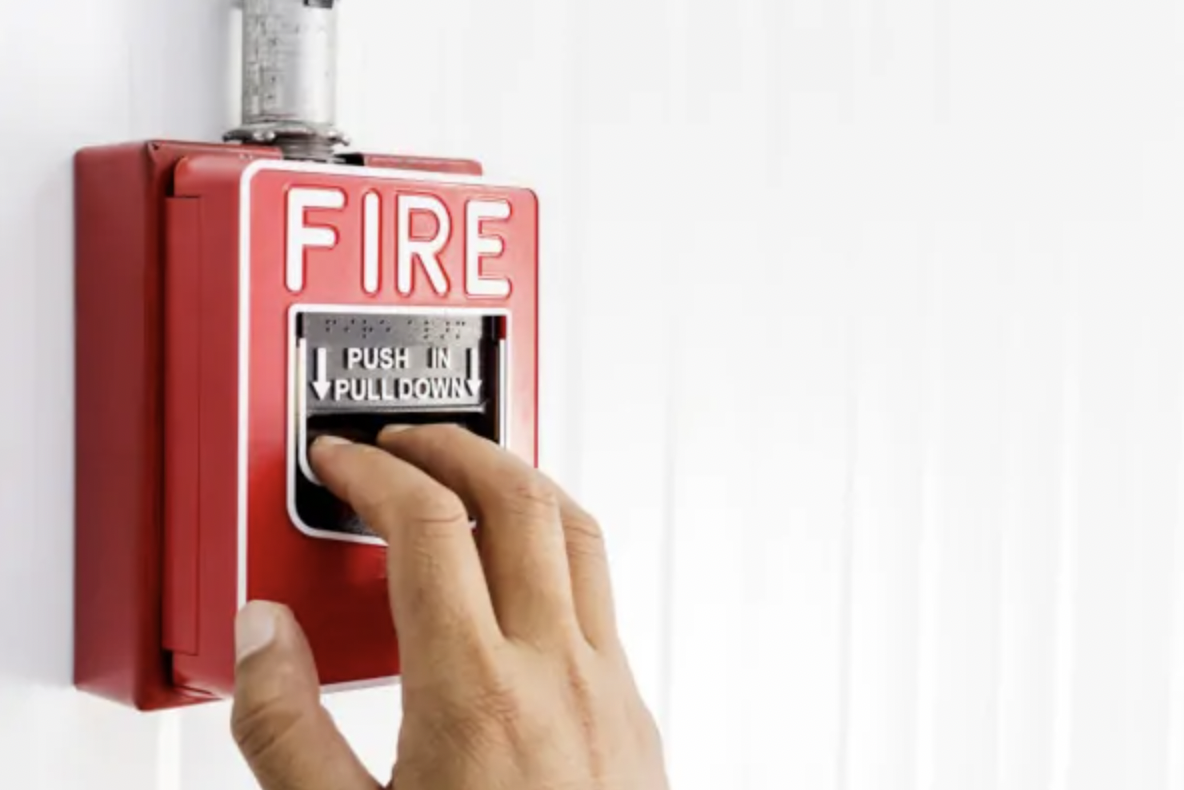
Many property owners find fire watches to be daunting, and they may also be costly, due to the diversion of staff or the hire of outside contractors to keep an eye on the structure. When properly planned, however, executing one while a fire prevention system is undergoing rapid repairs or upgrades should be simple.
This article clarifies this frequently misunderstood and underestimated fire-prevention practice, including when and who should do fire watches.
If your building includes a fire alarm system and/or a water-based fire prevention system, such as a sprinkler system, you may be obligated to establish a fire watch under the National Fire Protection Association’s (NFPA) 101 Life Safety Code (LSC).
While the LSC mandates that you respond to fire protection system malfunctions, the specific requirements for doing so are found in Chapter 15 of the NFPA 25 Standard for the Inspection, Testing, and Maintenance of Water-Based Fire Protection Systems, which details how to respond to sprinkler system malfunctions. A fire watch guards may also be required if the fire alarm signaling system is compromised, according to Annex A of the NFPA 72 Fire Alarm and Signaling Code.
While the NFPA guidelines do not specify how much of the fire protection system must be compromised to warrant a fire watch, a fire watch should be instituted if the system or a major element of the system cannot function as intended.
A widespread misunderstanding about fire watch regulations is that systems must be out of operation for more than four hours in a row before a fire watch is required. This is not the case, though.
When the total number of outages in a 24-hour period reaches four hours, the rule applies.
Fire watches entail a constant patrol of all parts of the structure impacted by the disability for signs of smoke, fire, or other unusual situations. If a life-threatening scenario is identified, the person conducting the fire watch must promptly contact emergency personnel, notify the residents of the emergency, and aid them in their escape, as stated in the definition.
Fire watch guards must inspect any vacant places, including storage rooms, crawl spaces, and any hidden regions, in addition to the inhabited areas affected by the impairment. As a result, people conducting a fire watch should be well knowledgeable about the facility and the equipment they are observing. They must also be aware of the locations of any manual fire alarm stations and fire protection equipment in case of a fire. Furthermore, all activities related to a fire watch must be recorded. As a result, everyone in charge of the fire watch must also know how to fill up fire watch log sheets.
Every hour, fire watch patrols should cover the affected area in a methodical manner, noting their observations at the end of each cycle. The fire watch must be maintained until the entire system is restored to normal working order, and only after any necessary inspections and testing to ensure that impacted systems are functioning and the fire department has been alerted.